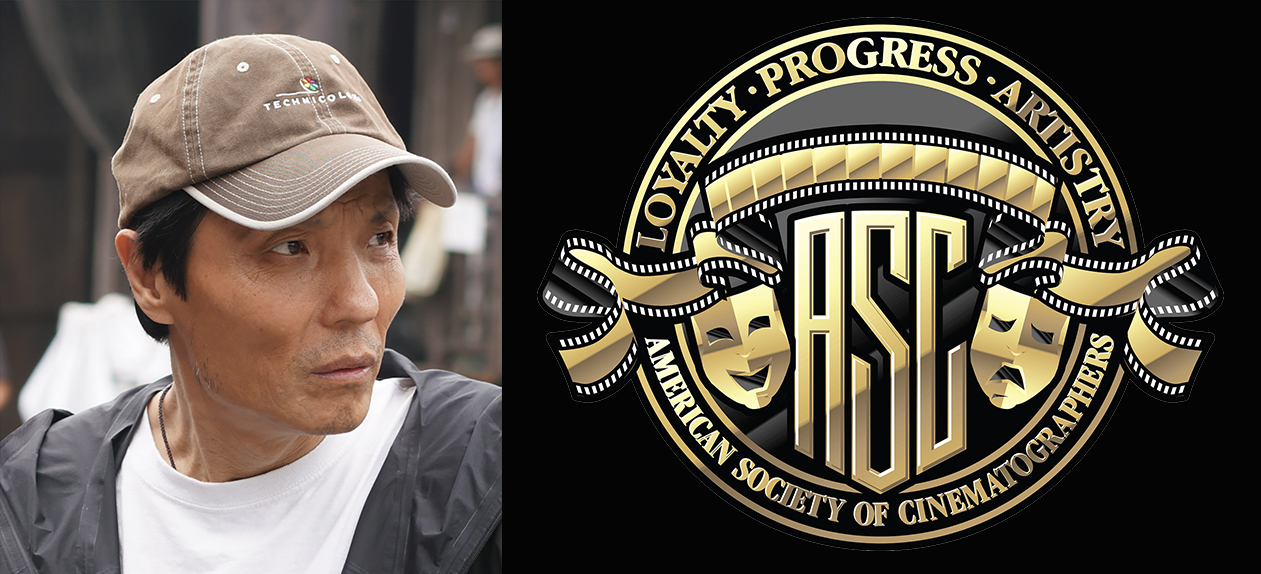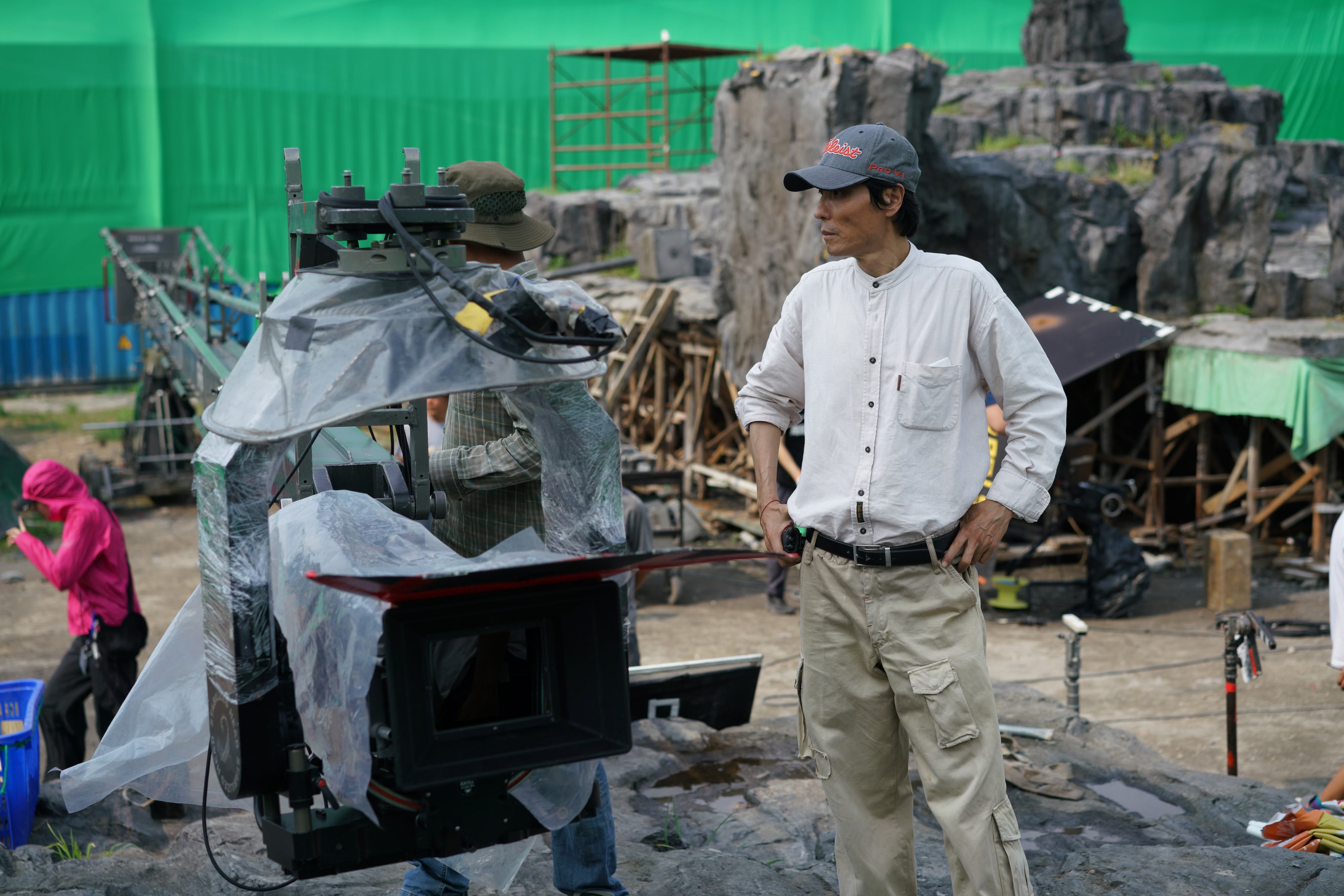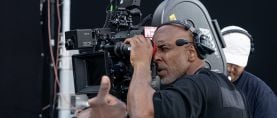
ASC Close-Up: Zhao Xiaoding
“The ASC has evolved from a local organization to an international one. Being accepted into the Society was a great honor for me, as it would be for any cinematographer.”
When you were a child, what film made the strongest impression on you?
I had opportunities to watch some movies that were not highly available to the public. The one that impressed me most was Gone With the Wind. It left so strong an impression that it became one of the factors that lured me into the film industry.
Which cinematographers, past or present, do you most admire?
Néstor Almendros [ASC], who shot many awesome movies and lent extraordinary lighting to Days of Heaven, and Vittorio Storaro [ASC, AIC], who has a particularly keen perception of light, and who found his muse among Italian Renaissance painters.
What sparked your interest in photography?
I worked on sports research for a while, taking photos and videos of athletes to analyze their movements and performances in competitions, which triggered my interest in photography.
Where did you train and/or study?
The Beijing Film Academy.

Who were your early teachers or mentors?
Meng Qingpeng, a senior professor at the Beijing Film Academy. He is a well-known cinematographer in China who has made many good films, including Sunrise and Keep the Red Flag Flying. His work and teachings have heavily influenced me, and I am greatly indebted to him.
What are some of your key artistic influences?
The first is Zhang Yimou, a director I’ve worked with for a long time. He was originally a cinematographer, so he has a lot of consideration for images and stylistic effects. The second is Storaro. Lighting plays an integral role in his work and helps to establish an image system. The third is professor Meng. He taught us how to create our own small world in the viewfinder with many elements, such as composition, light, color, camera movement and rhythm.
How did you get your first break in the business?
After graduating, I had a chance to shoot an independent feature, and then some commercials and music videos. I combined my aesthetics extracted from those experiences, and used shooting commercials as an exercise in techniques I could adapt for my feature cinematography. In 2000, I collaborated with Zhang Yimou on Hero, in which we attempted to deliver images differently than more traditional movies. It was a quite successful attempt and also a breakthrough.
What has been your most satisfying moment on a project?
My satisfaction comes from using images to help the director present the story in a more wonderful way.
Have you made any memorable blunders?
I don’t think I ever have.
What is the best professional advice you’ve ever received?
Zhang Yimou and I talked about the fact that directors and cinematographers think completely differently. A cinematographer must focus on how to use stylistic techniques to help the director tell the story, but at the same time try not to overuse visual tools, which means striking a balance. Visual expressions should serve the storytelling, rather than showing off your techniques. I have been reflecting on this criterion for many years to see if my own films are following this path.
What recent books, films or artworks have inspired you?
As professionals, we need to watch a lot of movies constantly. As long as we have time, we should watch the work of our peers. No matter where I travel, I go to local art exhibitions to look at books, paintings and photographs, which help to enrich my professional knowledge and excite my imagination.
Do you have any favorite genres or genres you would like to try?
I’ve shot many different kinds of films, but I prefer historical subjects — they allow us to use images to portray and present the past, which is not what we see every day. The ancient themes, scenes and characters make more space for our imagination and creativity. However, in the future, I would like to make more attempts to expand my spectrum.
If you weren’t a cinematographer, what might you be doing instead?
I think I might still choose cinematography anyway! It just suits me.
Which ASC cinematographers recommended you for membership?
Christopher Chomyn, Kees van Oostrum, Theo van de Sande and Steven Poster.
How has ASC membership impacted your life and career?
The ASC has evolved from a local organization to an international one. Being accepted into the Society was a great honor for me, as it would be for any cinematographer. During awards season, I’ve always tried to attend events at the ASC if I’m not on a production. There are many discussions and panels about creative work, and I’ve also had many opportunities to share my own work. The Society has a very strong intellectual and educational atmosphere that has inspired me in many ways. I hope other talented Chinese cinematographers will be able to join in the future.
Zhao was nominated for an Academy Award for his work on House of Flying Daggers (2004) and is also a member of the Chinese Society of Cinematographers (CNSC). AC recently covered his work in the action-packed period drama Shadow.






